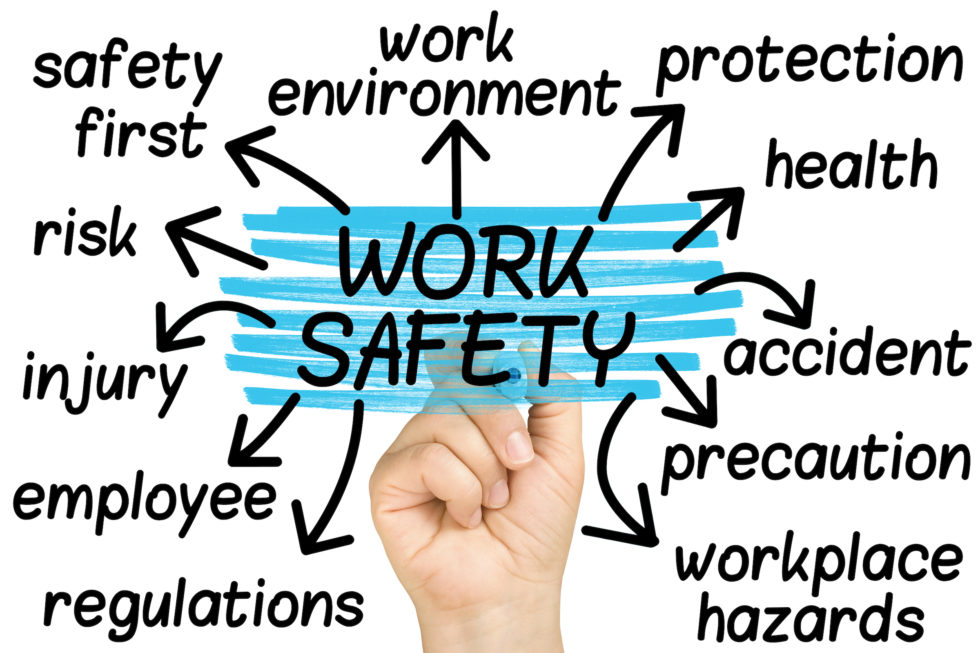
In part three of this blog series, we peek further into the world of The (New Zealand) Health and Safety at Work Act 2015 (HSWA), breaking it down, section by section. We will provide you with our insight into what the respective section means for a PCBU (Person conducting a business or undertaking – the technical term for a business or business owner), provide some practical advice on what the requirement looks like in reality and provide some issues to consider when applying or aiming to achieve these requirements.

HSWA ensures that everyone in the workplace is safe and free from harm. Today, we’re delving into the next primary component in section 36.2 requirements.
This section is especially relevant to you if you’re a business owner that undertakes work in areas where anyone, such as members of the public, could be affected by what you do. Remember, a PCBU is a broad term that covers any entity that carries out work, such as a company, a sole trader, a partnership, a charity, or a government agency.
The Health and Safety at Work Act 2015 (HSWA) is a significant piece of legislation in New Zealand and can be viewed as a little complex. So, let’s dive into the next instalment and help you better understand its requirements for Kiwi businesses.
So, what does the legislation say?
Disclaimer! Refer to part one of this series for my views on ‘quoting’ legislation!
A person conducting a business or undertaking (PCBU) must ensure, so far as is reasonably practicable, that the health and safety of other persons is not put at risk from work carried out as part of the conduct of the business or undertaking.
So, what does it mean to a business owner?
This means that a business owner have a fundamental duty to ensure that the health and safety of not just your employees but all individuals connected to your business activities are safeguarded. This includes customers, clients, visitors, suppliers, volunteers, members of the public, and even competitors.
The business owner must take all reasonable steps to eliminate or minimise any risks to health and safety that may arise from their work. Doing this involves identifying hazards, assessing risks, implementing controls, reviewing outcomes, and consulting with workers and other parties so far as is reasonably practicable. Again, it does not mean you must provide PPE to everyone passing by a worksite on the highway.
So, what does this look like in reality?
In reality, this means that a business owner must consider the potential impact of their work on anyone who may come into contact with it. You must understand the hazards and risks associated with your work and how to manage them effectively.
For example:
– If you operate a café, you must ensure your food is safe and hygienic, the premises are clean and well-maintained, the equipment is in good working order, and the staff are trained and supervised.
– If you operate a landscaping service, you must ensure you and your staff do not damage or endanger any property or people while working, that the appropriate tools and protective equipment are used, that you dispose of any waste safely and properly, and you communicate with the client and neighbours about your work.
– If your business operations can potentially impact customers or visitors (e.g., in a retail store or restaurant), ensure their safety with well-marked exits, slip-resistant floors, and clear safety protocols.
You need to have policies, procedures, and systems supporting a positive workplace health and safety culture that help you engage with those other people who may be affected by your activities, to demonstrate your business is managing health and safety effectively.
The practical requirements of applying Section 36.2 will depend on your business’s size, nature, and complexity.
However, some common issues to consider are:
– How will you engage the community if your work will impact them going about their day-to-day business?
– How do you identify, control and integrate the risks associated with others such as members of the public?
– How do you communicate and consult with your communities and members of the public on health and safety matters that may affect them?
– How do you monitor and measure your health and safety performance and outcomes of consultancy or contracted work that may affect communities and members of the public?
Some of these common issues could translate to the following actions:
Holistic Risk Assessment: Look beyond your immediate employees and subcontractors. Assess how your business activities might affect anyone connected to them—customers, visitors, contractors, or anyone in the vicinity of your work.
Customer Safety Protocols: If your business operations can potentially impact customers or visitors (e.g., in a retail store or restaurant), ensure their safety with well-marked exits, slip-resistant floors, and clear safety protocols.
Community Engagement: Foster open channels of communication with the community to address any potential concerns arising from your business activities.
Environmental Considerations: Ensure that your work doesn’t impact the environment, which might affect the health and safety of the surrounding community.
Regular Safety Audits and Inspections: Periodically audit your workplace and remote sites to ensure all safety protocols are being followed, and hazards are mitigated.
Feedback Mechanism: Create a way for the community, to provide feedback on safety concerns.
These are just some examples of how section 36.2 may apply to different types of businesses. The specific requirements may vary depending on the nature and scale of the work involved.
However, the general principle remains the same: a business owner must do everything reasonably possible to prevent harm to others from their work.
So, what’s the risk?
Section 36.2 underscores the overarching commitment to health and safety. For business owners, it means that the circle of safety extends far beyond employees. By embracing this duty, you ensure that your business is not only legally compliant but also a responsible and caring entity in your community.
Remember, health and safety is a continuous journey, and everyone is a stakeholder.
The Safety Lab NZ can help you with all aspects of your primary duty of care. We offer HealthCheck audits, training services and technical solutions to help you comply with the HSWA and create a safe and healthy workplace that helps you to manage your suppliers, contractors and consultants effectively. Contact us today to find out how we can assist you.